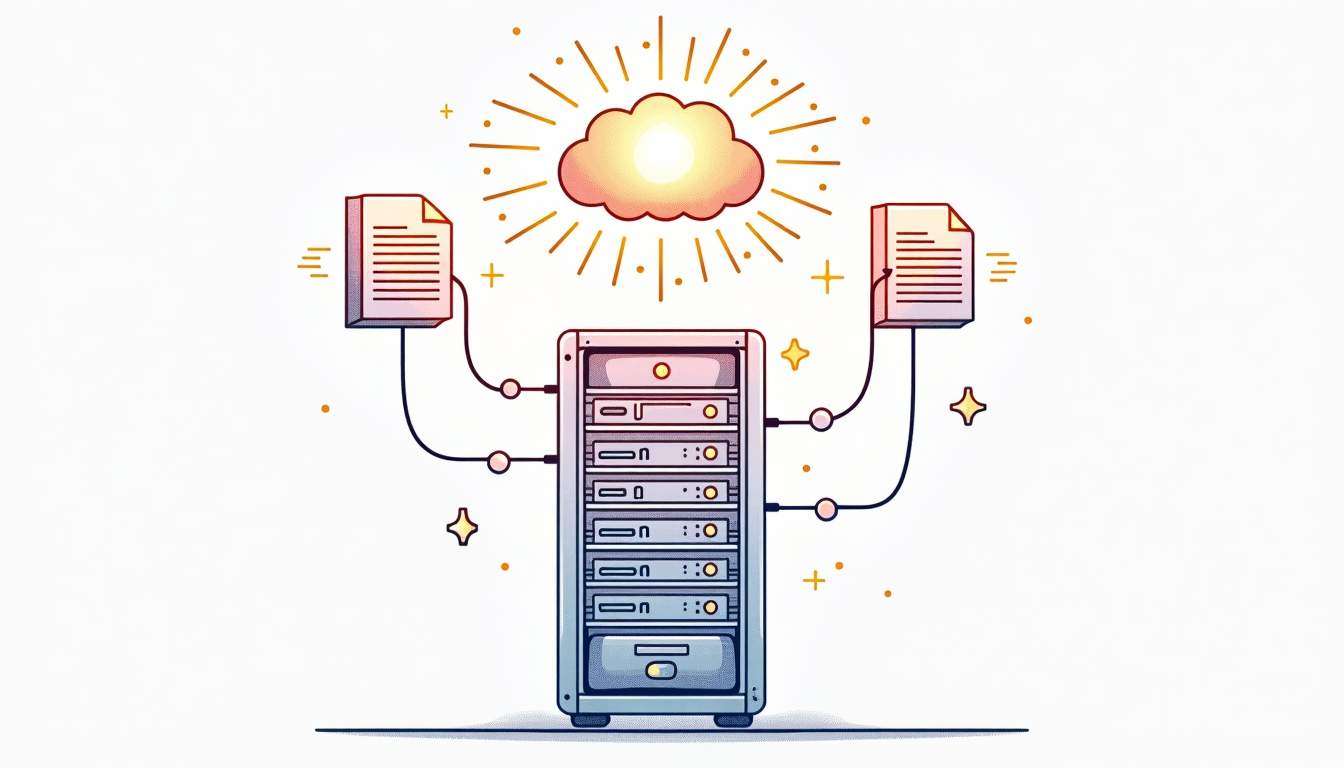Implementing RAG (Retrieval-Augmented Generation) for Enterprise
Retrieval-Augmented Generation (RAG) transforms how enterprises build knowledge-driven applications by combining large language models with targeted retrieval from structured and unstructured data stores. This article outlines pragmatic strategies for integrating vector databases and optimizing knowledge bases so that RAG systems scale, remain accurate, and deliver measurable business value. Examples, architecture choices, and operational considerations are included to help technical and product leaders plan effective RAG deployments.
Operational maturity also depends on robust security, governance, and lifecycle management. Ensure embeddings and vectors are encrypted in transit and at rest, and use role-based access controls and field-level masking for metadata to prevent leakage of sensitive attributes. Maintain an auditable pipeline—log ingestion sources, embedding model versions, and index write operations—to support compliance and forensic analysis. Implement data retention policies and a means to delete or redact vectors associated with expired or subject-to-access-request records; consider embedding provenance tags so you can trace back which model and data produced a given vector. For multi-tenant deployments, enforce strict namespace isolation and quota limits to prevent noisy neighbors from degrading index performance or exhausting storage.
Finally, invest in monitoring, observability, and cost-optimization practices that keep the system healthy and economical. Track vector-store-specific metrics such as index size per shard, average and tail query latencies, R@k over time, cache hit rates, and write-throughput to detect hotspots and guide resharding. Add application-level signals—downstream hallucination rates, user satisfaction scores, and query reformulation frequency—to correlate retrieval quality with user outcomes. To control costs, use compression and quantization where acceptable, implement warm-up routines for colder shards to avoid cold-start latency, and schedule incremental reindexing or embedding refreshes based on data-change rates rather than full rebuilds. Automated alerts tied to SLA thresholds, plus regular model-refresh cadences and relevancy retesting, will keep retrieval accuracy aligned with evolving content and business needs.
Operationalizing these practices benefits from automation and clear metrics. Automate ingestion pipelines with validation gates that check schema conformance, metadata completeness, and basic quality heuristics (readability scores, duplication detection, and spam filters). Instrument the KB with fine-grained telemetry: per-chunk retrieval frequency, average generation latency when a chunk is used, downstream user satisfaction scores, and cost-per-query broken down by retriever and re-ranker stages. Use these signals to drive automated lifecycle actions—hot-path caching for high-frequency chunks, automated archival for low-use but audit-required documents, and budget-aware throttling of expensive re-ranking for low-value queries. A/B testing of retrieval and re-ranking configurations, as well as prompt variants, helps quantify user-facing improvements and ROI, enabling data-driven tradeoffs between cost, latency, and answer quality.
Finally, integrate incident and change management into KB operations. Define SLAs for content freshness and a rapid rollback process for any metadata or embeddings that cause systemic regressions. Maintain a prioritized backlog of content improvement tasks surfaced by monitoring (e.g., high-error topics or regions with low coverage) and assign domain stewards to own remediation. Complement internal tooling with a curated ecosystem of third-party components—enterprise search platforms, vector DBs with built-in encryption, and model explainability tools—to accelerate adoption while ensuring interoperability. These operational controls and integrations make the KB resilient, auditable, and scalable as the organization leans more heavily on RAG-driven applications.
When RAG Hits a Wall: Breaking the Infrastructure Deadlock
Designing a RAG architecture is one thing; getting legacy data pipelines to support it is another. Frequently, RAG initiatives stall not because the AI strategy is wrong, but because the underlying infrastructure—brittle ETL jobs, siloed legacy databases, or rigid security governance—cannot support the speed and scale required for vector operations.
This is the specific engineering gap addressed by Control. Instead of pausing your AI roadmap to rebuild your entire data estate, Control deploys a specialized, AI-native squad to solve the specific infrastructure blocker holding you back. Whether it’s modernizing a legacy ingestion pipeline or clearing a security compliance hurdle for vector storage, we fix the specific knot at a fixed price—unsticking your RAG initiative so you can move from 'stalled pilot' to production.






